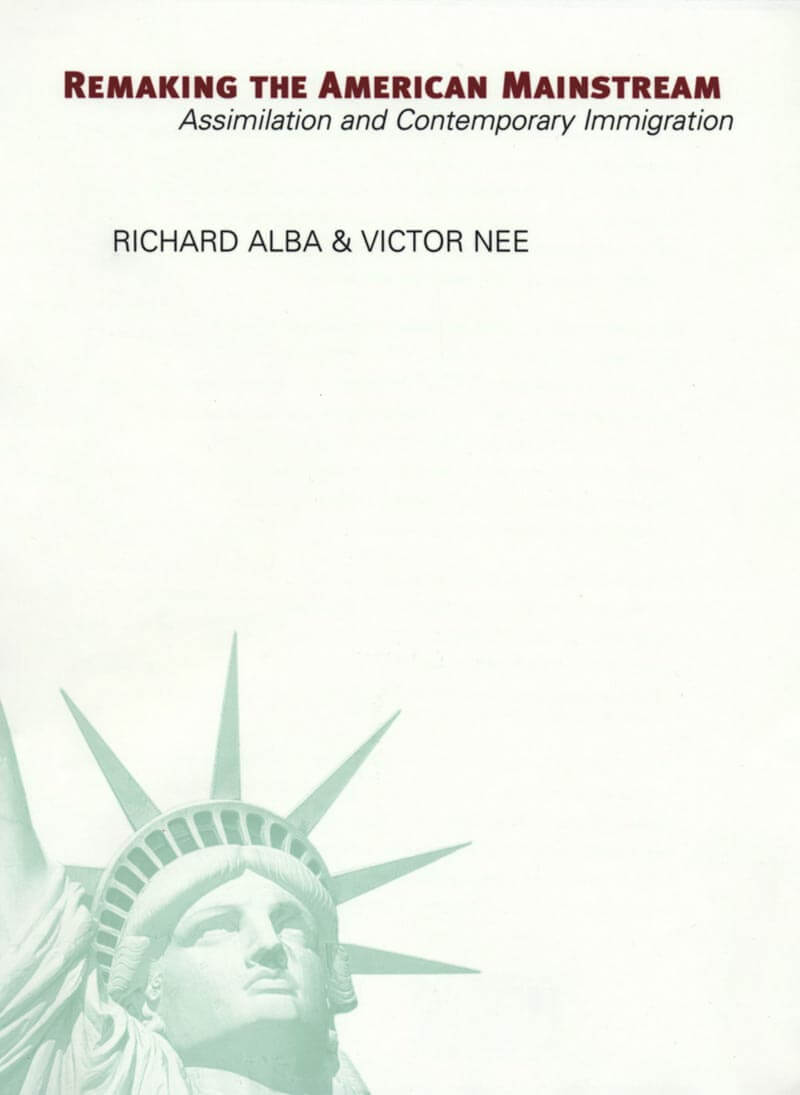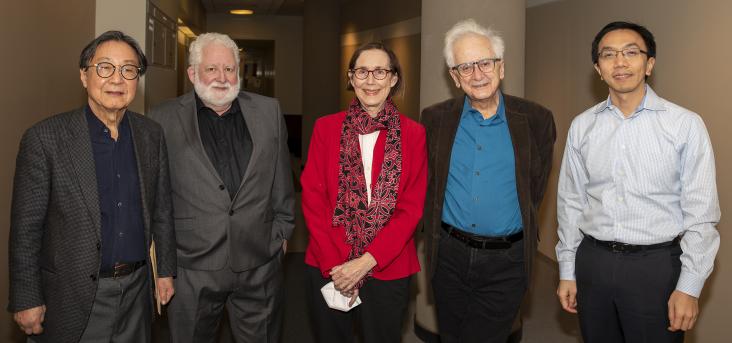
In this age of multicultural democracy, the idea of assimilation—that the social distance separating immigrants and their children from the mainstream of American society closes over time—seems outdated and, in some forms, even offensive.
But as Richard Alba and Victor Nee show in the first systematic treatment of assimilation since the mid-1960s, it continues to shape the immigrant experience, even though the geography of immigration has shifted from Europe to Asia, Africa, and Latin America. Institutional changes, from civil rights legislation to immigration law, have provided a more favorable environment for nonwhite immigrants and their children than in the past.
Assimilation is still driven, in claim, by the decisions of immigrants and the second generation to improve their social and material circumstances in America. But they also show that immigrants, historically and today, have profoundly changed our mainstream society and culture in the process of becoming Americans.
Surveying a variety of domains—language, socioeconomic attachments, residential patterns, and intermarriage—they demonstrate the continuing importance of assimilation in American life. And they predict that it will blur the boundaries among the major, racially defined populations, as nonwhites and Hispanics are increasingly incorporated into the mainstream.

Reviews
A humane and imaginative book which combines social analysis with historical understanding. [Alba and Nee] examine how different groups have increasingly come to share a common culture, a melding that now happens at a faster pace than it ever has in the past. Not the least reason is that even immigrants from the other side of the globe arrive here already familiar with American ways.Andrew Hacker, The New York Review of Books
There are, to be sure, varying degrees of success and different patterns of adjustment to America, but underlying them all is one powerful ‘master trend’: surprisingly rapid Americanization. The authoritative synthesis of the present processes of assimilation is Richard Alba and Victor Nee’s sociological masterpiece, Remaking the American Mainstream. It shows that for nonblacks, assimilation is alive and well in America. It is not passive integration into a static, Anglo-Protestant mainstream (which was always a sociological fiction anyway), but an endlessly dynamic two-way cultural process.Orlando Patterson, The New York Times
Richard D. Alba and Victor Nee have dusted off the idea of assimilation, updated it for the 21st century and found it to be a powerful force in contemporary America—even now. Staying clear of polemics, Messrs. Alba and Nee have contributed a much needed and dispassionate analysis of the current state of immigrant assimilation. They define assimilation not as a linear process of ethnic obliteration but a dynamic one in which minority and majority cultures converge… Like millions of earlier immigrants, in short, the newest immigrants are likely to change America at least as much as America changes them.Gregory Rodriguez, The Wall Street Journal

